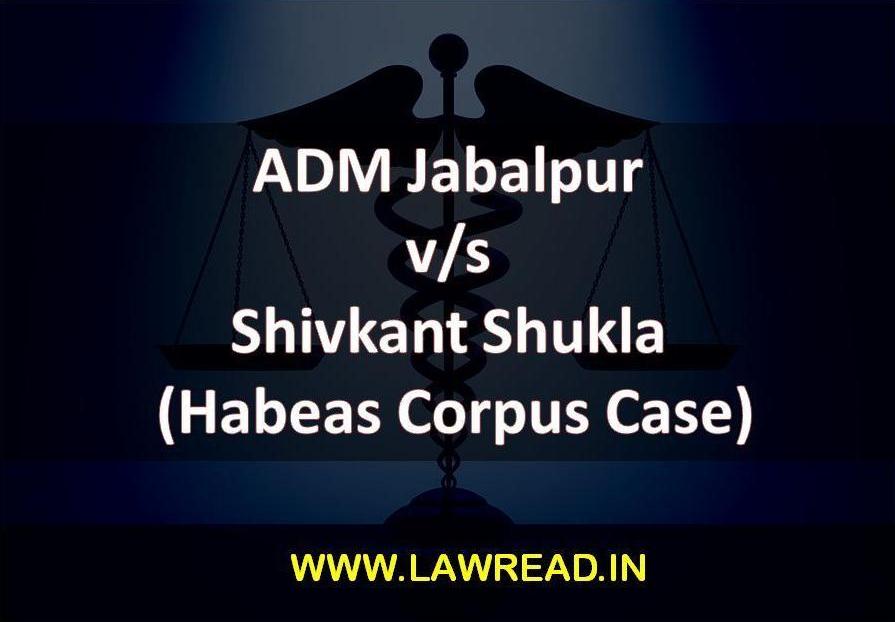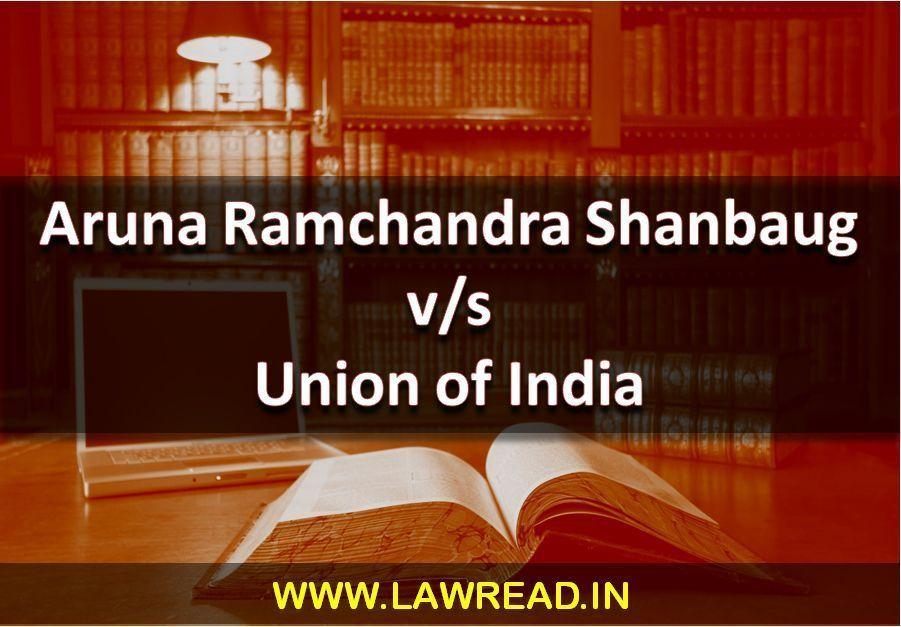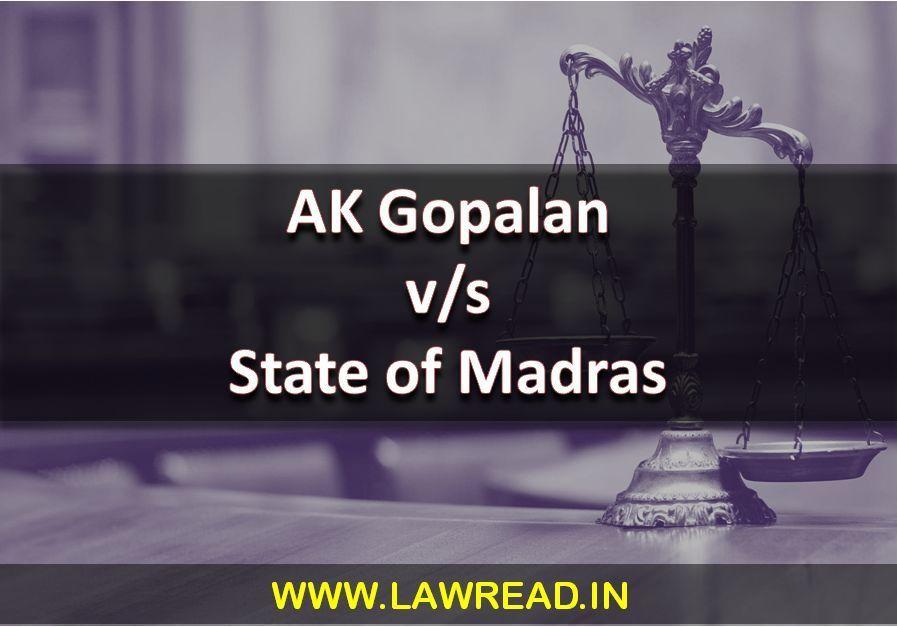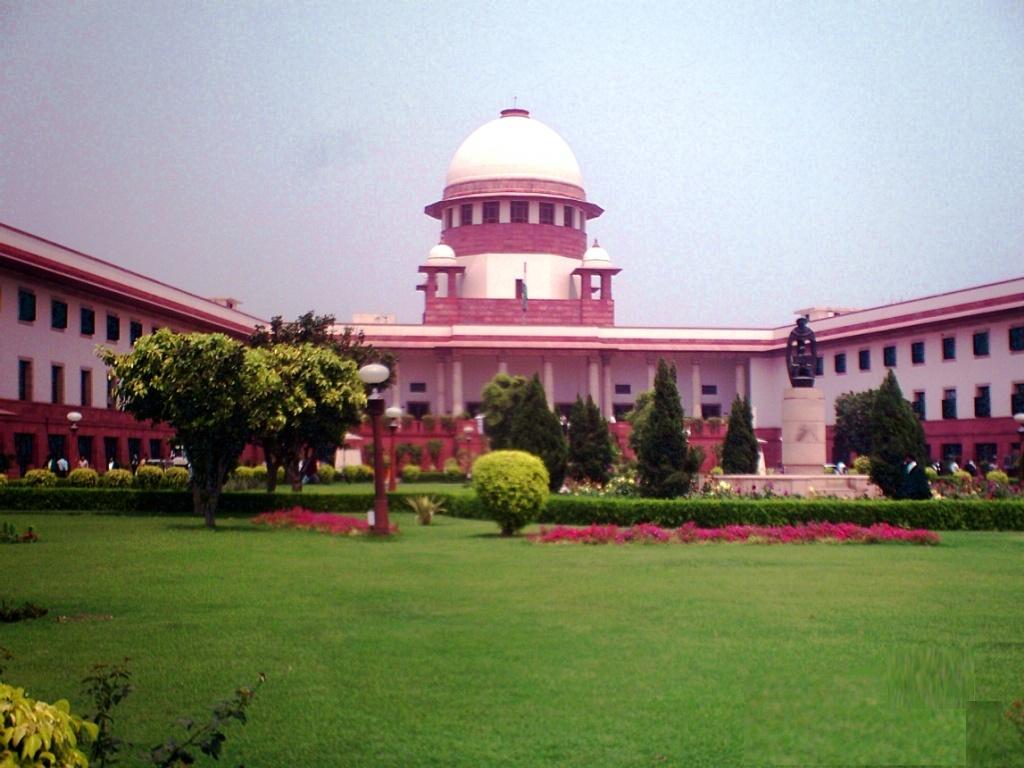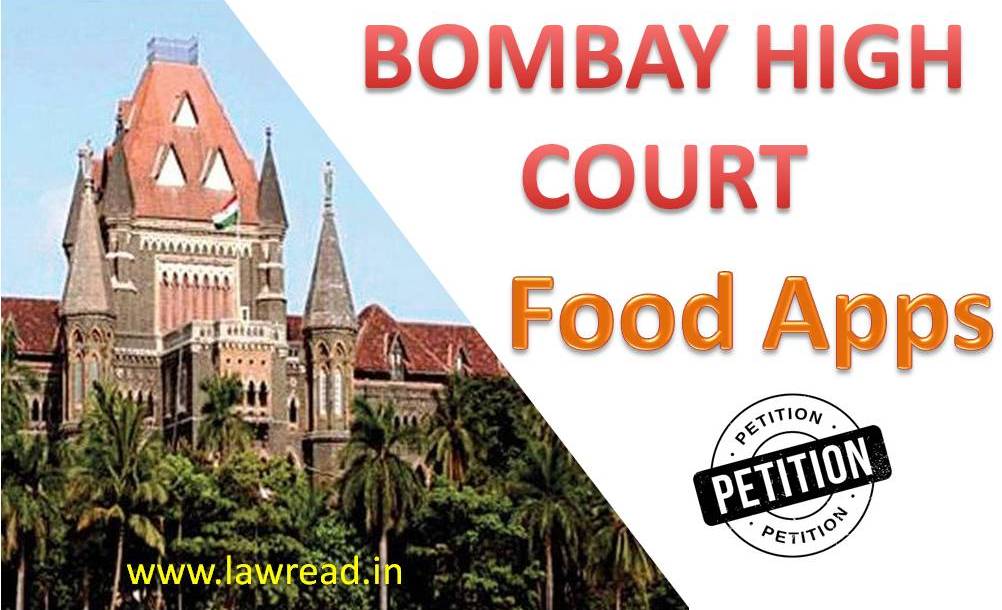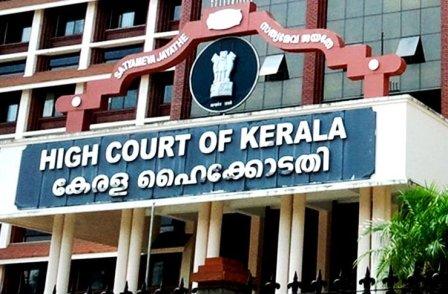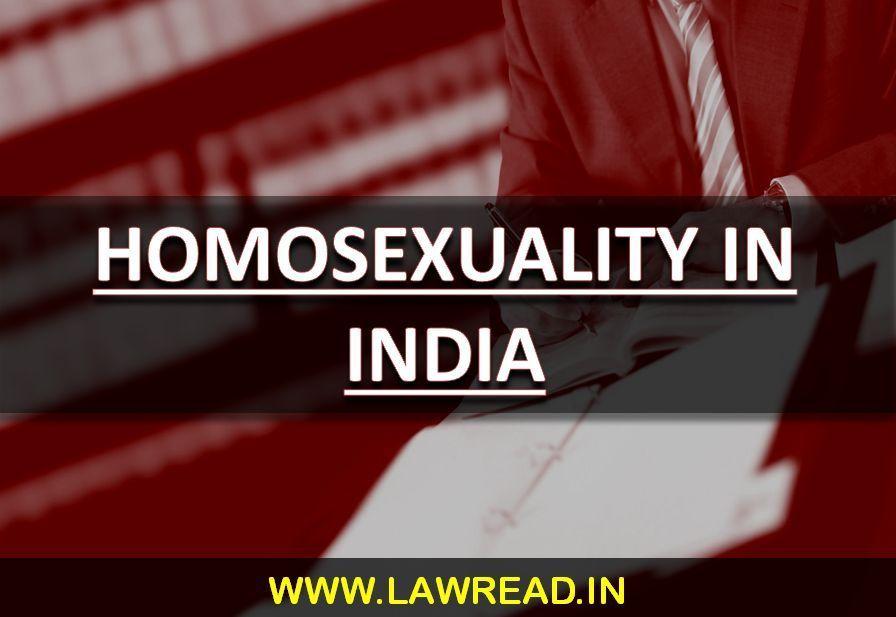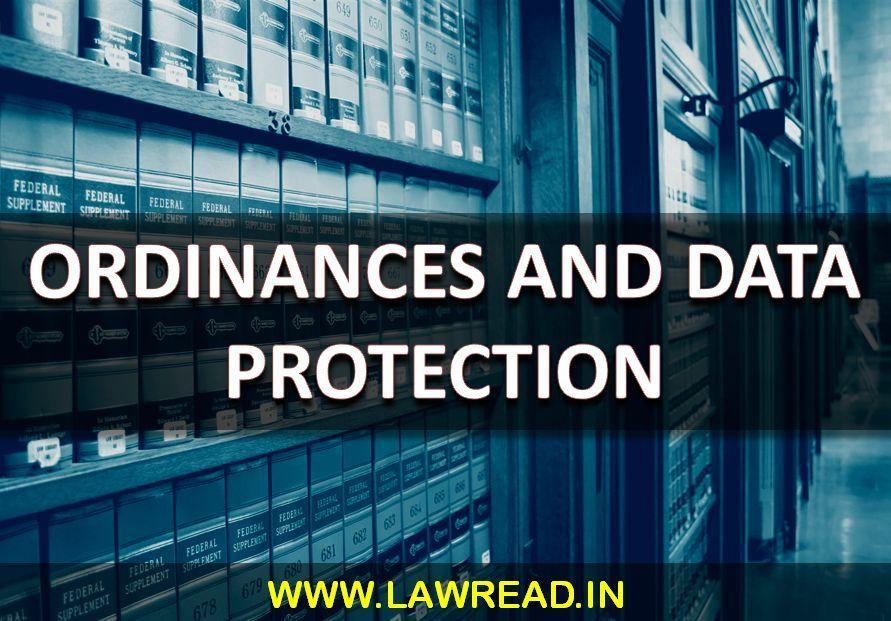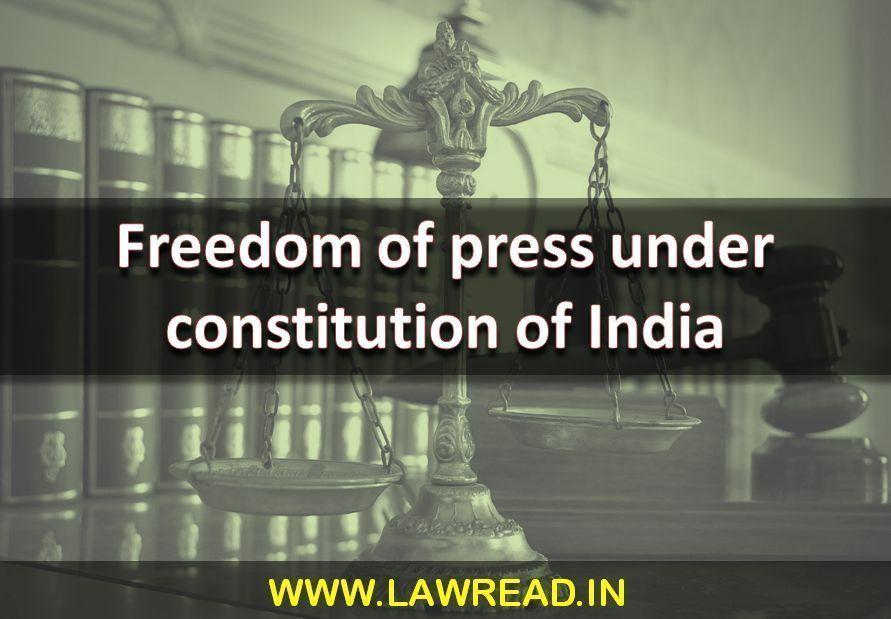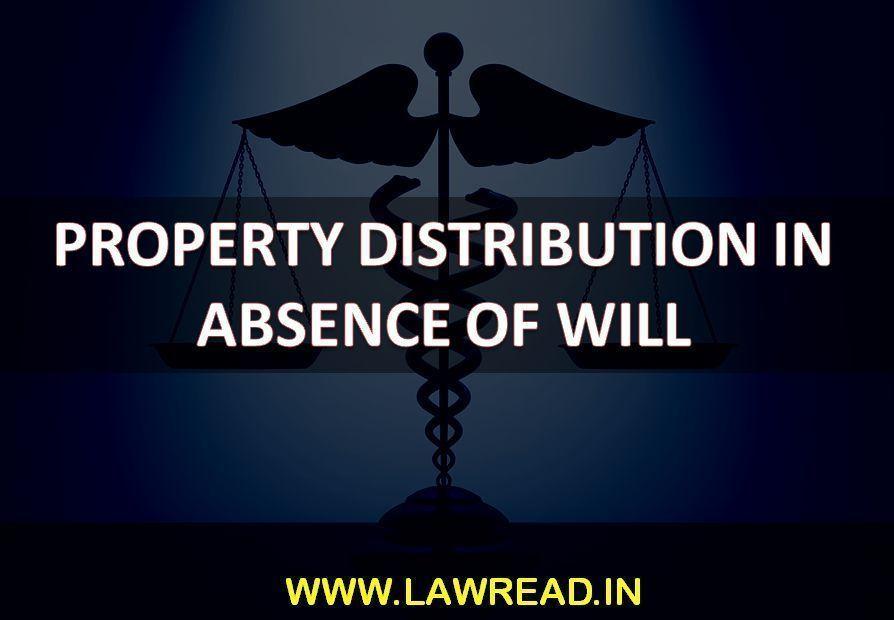Bandhua Mukti Morcha vs Union of India and ors(1984)
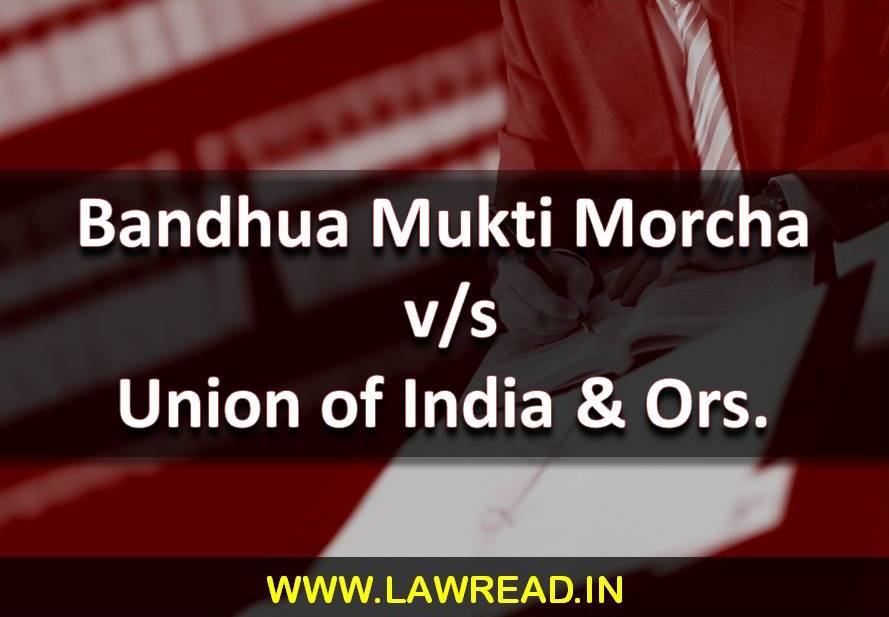
Citation: AIR 1984 SC 803
Court:- The Supreme Court of India
Bench:- Chief Justice Bhagwati, P.N. Pathak, Amrendra Nath Sen
Petitioner:- Bandhua Mukti Morcha
Respondent:- Union of India & Ors
INTRODUCTION:
With respect to the issue of the bonded labour in India, the case of Bandhua Mukti Morcha v Union of India is considered to be a landmark judgement. Bonded Labour Abolition Act was passed in 1976. Article 21 states that the bonded labourers must be identified and released and suitably rehabilitated. This Act is formed under Directive Principles of State Policy keeping in mind the need of human dignity to the bonded labourers. If the State fails to follow the action then it would be considered violation of Article 21 of the Indian Constitution.
A Public Interest Litigation (PIL) was filed in the Supreme Court of India, subsequently Supreme Court ordered the State of Uttar Pradesh to strictly prohibit the use of child labour in the carpet industry. It also directed the State to form some policies for the sake of children welfare with the purpose that they get education and health facilities.
FACTS OF THE CASE:
The petitioner, Bandhua Mukti Morcha is an organisation concerned with the freedom of the bonded labourers. The organisation conducted a survey in some of the stone quarries, industries and mines in Faridabad District. On 25th February 1982, as per the survey it conducted, addressed a letter to Hon'ble Justice Bhagwati, judge of the Supreme Court of India asserting that a huge number of workers were working under "inhuman and heinous" conditions from different states of the Country in stone quarries, industries and mines near Faridabad, the State if Haryana. It also alleged that many of them were fortified workers. It claimed that the concerned laws and acts formed to help the workers were not being followed. The petitioner mentioned the names of the stone quarries in the letter. It brought up the point of interest of the reinforced workers. It urged that a writ is issued for the legitimate use of the different provisions of the social welfare laws. The concerned acts were Mines Act, 1952 Inter-State Migrant Workmen (Regulation of Employment and Conditions of Service) Act, 1979, Contract Labor (Regulation and Abolition) Act, 1970, Bonded Labor System (Abolition) Act, 1976, Minimum Wages Act, Workmen’s Compensation Act, Payment of Wages Act, Employees State Protection Act, Maternity Benefits Act.
The aforesaid letter was treated as a writ petition by the Supreme Court. To investigate and to look into the matter, the apex court appointed a Commission comprising Mr. Ashok Srivastava and Mr. Ashok Panda.
ISSUES:
1. Whether the writ petition under Article 32 of the Constitution is justifiable or not?
2. Whether any fundamental right of the Petitioner or of the workers on whose behalf the writ petition has been filed is infringed or not?
3. Whether the Supreme Court is empowered to appoint any Commission or investigating body under Article 32 of the Constitution or not?
4. Whether the workmen mentioned in the present case are bonded labourers or not?
5. Whether the workmen in the present case are entitled to benefits under various social welfare and labour law legislations not?
ARGUMENTS:-
(a) Arguments by the Petitioner-
1. They argued that court should issue a writ for appropriate application of the different provisions of the social welfare laws, such as Mines Act 1952, Inter-State Migrant Workmen (Regulation of Employment and Conditions of Service) Act 1979, Contract Labour (Regulation and Abolition) Act 1970, Bonded Labour System (Abolition) Act 1976, Minimum Wages Act 1948 etc. related to those labourers working in the said stone quarries.
2. The petitioner claimed that the surroundings of the stone quarries was filled with residue and was really tough to inhale.
3. Then they asserted that some of the labourers were given constrained work and were not allowed to leave the stone quarries.
4. They also said that the stone quarries didn't have the facility of purified water and the workers were compelled to drink that unfit water.
5. Further, the workers didn't have any proper houses. They used to live in jhuggies where there is no protection against the ills of the environment.
6. Along with the above arguments, a part of the labourers were also suffering from some or the othe illness.
7. They also contended that workers were not paid any sort of compensation if anything unfortunate happened to them.
8. In the end, they argued that no proper medical facilities were available to them.
(b) Arguments by the Respondent-
1. They contended that petitioners had no locus standi to file the petition and on top of that, the Public Interest Litigation could not be filed under Article 32 as writ petition.
2. Respondents argued that the Commissioner appointed was beyond the scope of Order XLVI of the Supreme Court Rules, 1966 and therefore no reliance can be placed on the said reports.
3. Then they claimed that reports made by such commissions were in view of on ex-parte explanations which have not been tried by interrogation and hence they have no evidentiary worth.
4. They said that the workers were not fortified workers inside the importance of that articulation as utilized in the Bonded Labor System (Abolition) Act, 1976 though they may be constrained workers in the stone quarries and stone smashers in the State of Haryana.
5. Further, they asserted that under the above mentioned Act, a labourer would be a bonded labourer only if he has or is presumed to have incurred a bonded debt.
JUDGEMENT:-
The Court suggested some order standards and several basic rights of the Indian Constitution, like, Article 21 (the right to life and individual freedom), Article 24 (denies work of children younger than 14 in plants, mines, or different dangerous ventures), Article 39 (e) (disallows constraining residents into employments unsuited for their age or quality), Article 39(f) (depicts the State’s obligations to shield youngsters from abuse and to guarantee kids the chances and offices to create in a sound way), and Article 45 (commands the State to give free obligatory training to all children beneath 14 years).
In favour of the Bench, Chief Justice Bhagwati held that PIL is an obstacle and an opportunity at the same time for the government and it's officers to give basic human rights to the lower or deprived class if the society. He said that PIL is not in the nature of advisory litigation.
The other two justices, Justice Pathak and Justice Sen were of the opinion that in dealing with these sorts of petitions, the court should be vigilant to prevent maltreatment.
In article 21, the Right to Live with human dignity is provided. It is derived from the Directive Principle of State Policy and specifically clause (e) and (f) of Art. 39 and Art. 41 and 42.
It must enusre protection of the workers, health of the men, women and children must be taken care. They should provide proper health, medical and educational facilities to the children. The freedom and dignity of the workers should be maintained. In addition to this, neither that State nor the Central Government has any right to take any step which would deprive a worker of his basic needs.
To conclude, these are some of the basic needs that should be given to each and every labourer in order to enable a person to live with Human Dignity.

